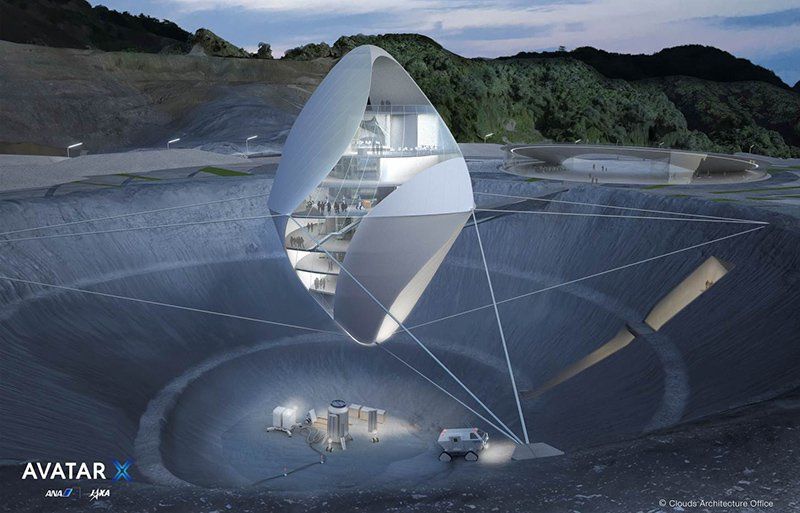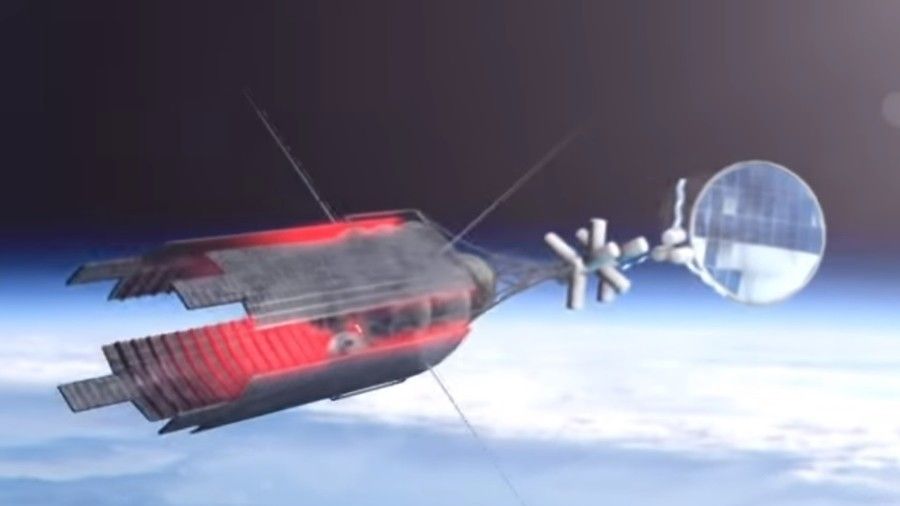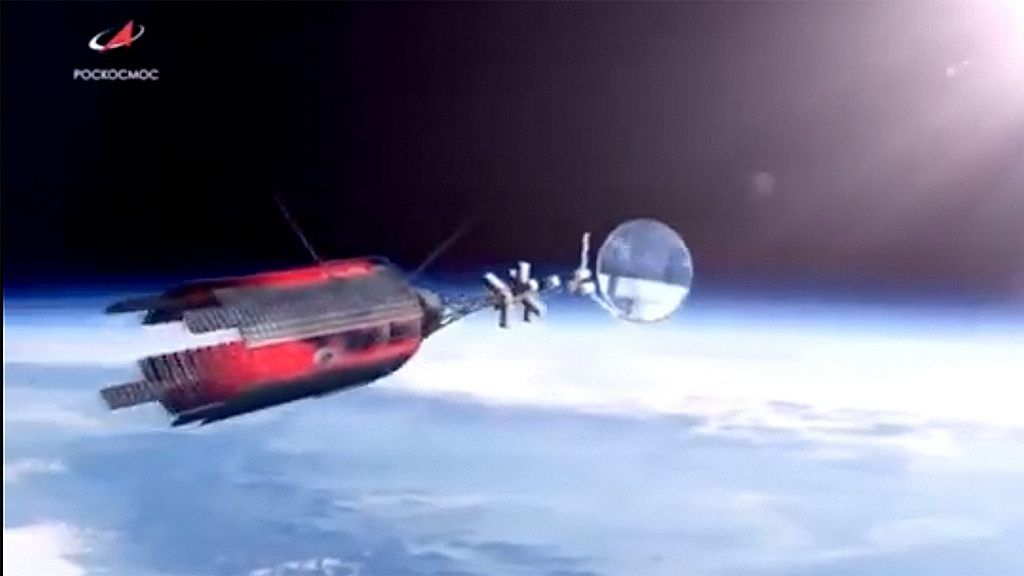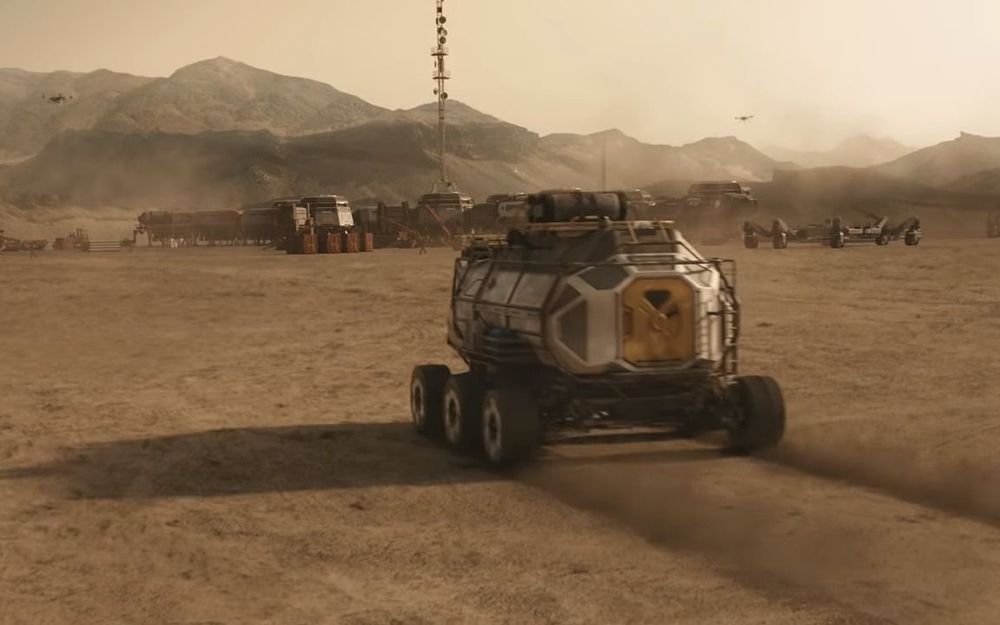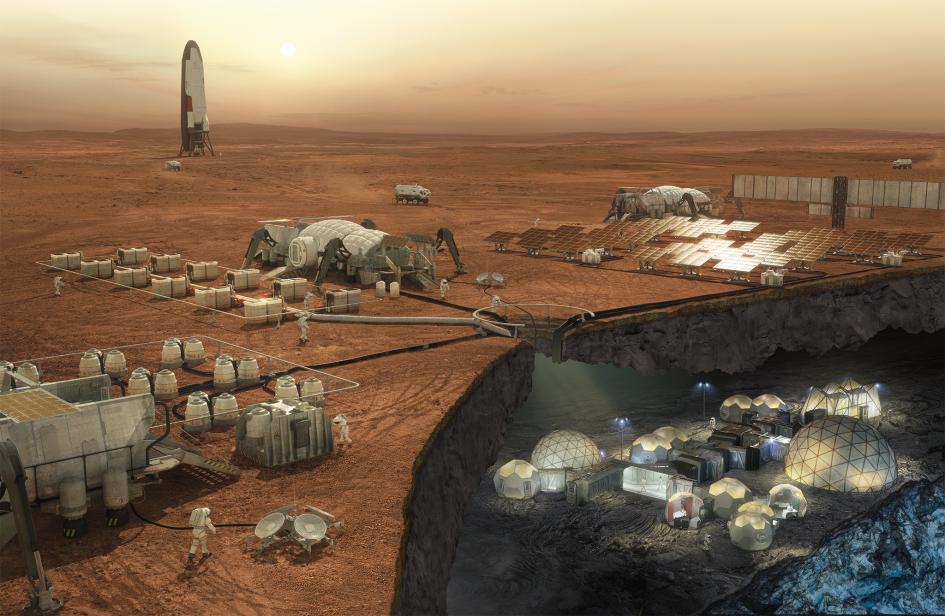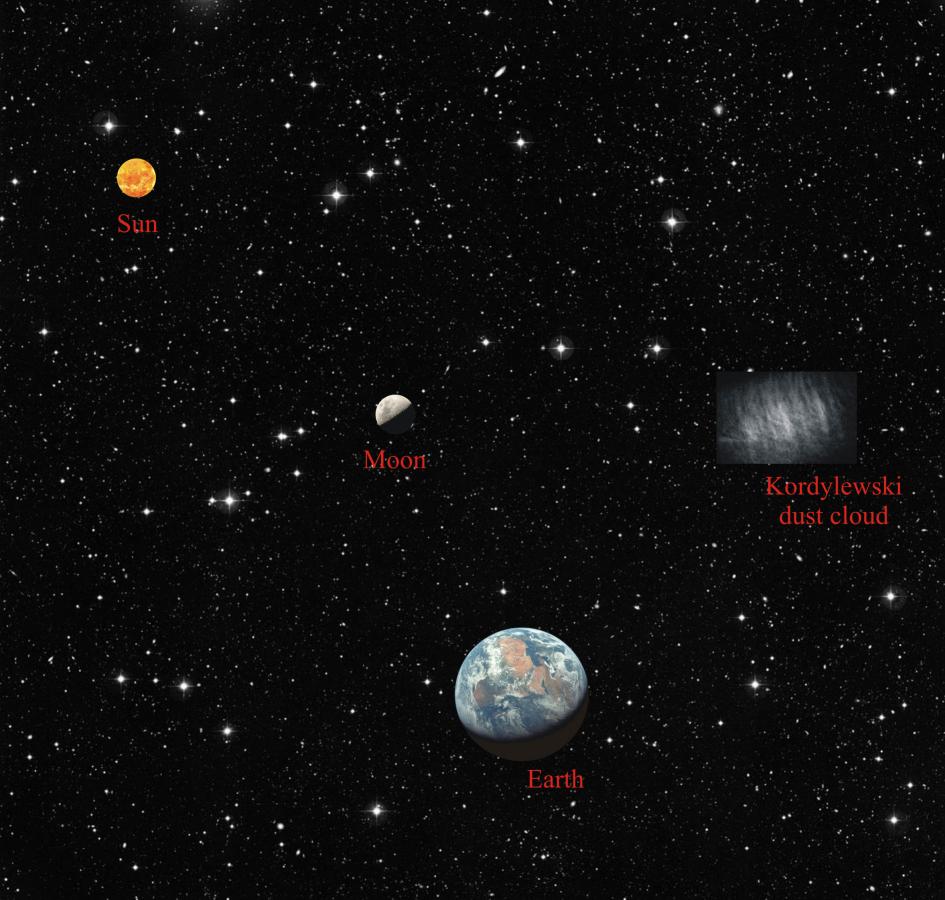Archive for the ‘space travel’ category: Page 394
Nov 16, 2018
News: On the evening of Thursday, Nov. 15, NASA’s Kepler space telescope received its final set of commands to disconnect communications with Earth
Posted by Alberto Lao in category: space travel

The “goodnight” commands finalize the spacecraft’s transition into retirement, which began on Oct. 30 with NASA’s announcement that Kepler had run out of fuel and could no longer conduct science.
Coincidentally, Kepler’s “goodnight” falls on the same date as the 388-year anniversary of the death of its namesake, German astronomer Johannes Kepler, who discovered the laws of planetary motion and passed away on Nov. 15, 1630.
Nov 15, 2018
The most incredible technology you’ve never seen
Posted by Klaus Baldauf in categories: futurism, space travel
There’s money to be made and lives to be saved with the tiny stuff that’s all around us.
Saving the world (or some subset of people in it) is in vogue among the world’s wealthiest.
Jeff Bezos has a rocket company, Blue Origin. Bezos believes our future is extraterrestrial, and his rocket company exists because he thinks the price for getting anything off this rock is too damn high.
Continue reading “The most incredible technology you’ve never seen” »
Nov 14, 2018
‘Unlike us, Elon Musk is using old tech’: Russia shows off reusable NUKE ENGINE for Mars mission
Posted by Klaus Baldauf in categories: Elon Musk, nuclear energy, space travel
A leading Russian space research center has posted a video of its nuclear-powered rocket, that will be able to land on Mars after seven months, and can be re-launched into space just 48 hours after landing.
“A mission to Mars is possible in the very near future, but that’s not an aim in itself. Our engines can be the foundation for a whole range of space missions that currently seem like science fiction,” Vladimir Koshlakov, who heads Moscow’s Keldysh Research Center told Rossiyskaya Gazeta.
The institute, which is famous for developing the Katyusha rocket launched during World War II, has been working on what it says is a “unique” propulsion system since 2009. From past descriptions, it comprises a gas-cooled fission reactor that powers a generator, which in turn feeds a plasma thruster.
Nov 14, 2018
Russia reveals nuclear spaceship that will fly to Mars ‘in very near future’
Posted by Genevieve Klien in categories: futurism, space travel
Russia has revealed a “spacecraft of the future” that could one day put humans on Mars.
Roscosmos showed off concept designs for the sci-fi spacecraft – but failed to say exactly when it would launch.
The spaceship is currently in development at Russia’s Keldysh Research Centre, which is racing to create the nuclear propulsion engine.
Continue reading “Russia reveals nuclear spaceship that will fly to Mars ‘in very near future’” »
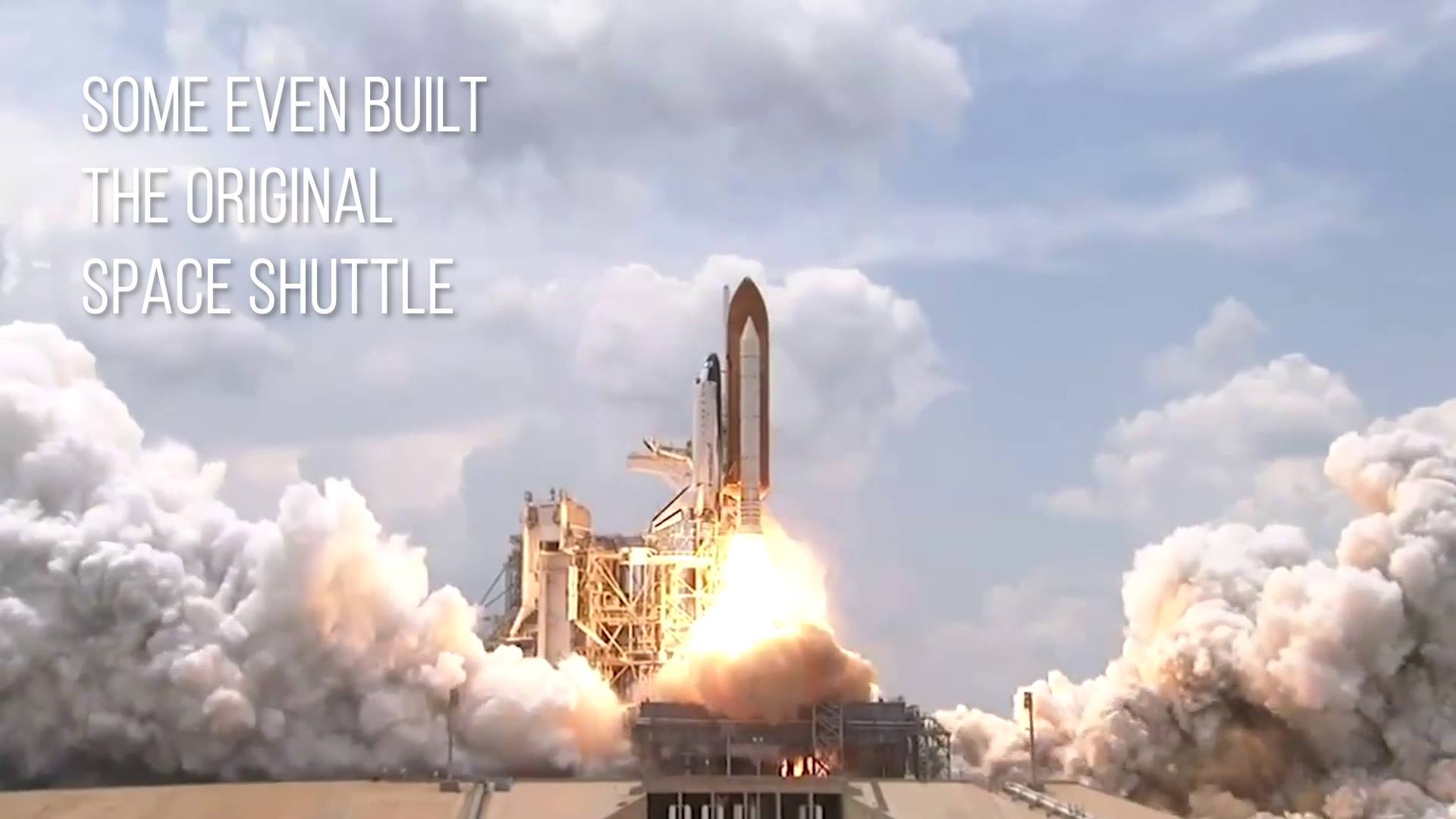
To get to the Moon, Mars and beyond: we’re going to need a bigger boat. NASA’s Space Launch System, or SLS, will be the largest rocket ever assembled. So how do you build a rocket of unprecedented size? Find out: https://go.nasa.gov/2FiWoam.
Nov 11, 2018
Living on ‘Mars 2’: The Real Tech Behind Nat Geo’s Martian Colony
Posted by Klaus Baldauf in category: space travel
What will the first Mars colony look like? In National Geographic’s “Mars” series, a group of pioneers build the first colony on Mars, complete with rovers, helicopters and other tech inspired by NASA, SpaceX and other “big thinkers” in the space industry. How does the fictional tech in Nat Geo’s series match up to real-world ideas for how we’ll colonize Mars? Shown here is Mars 2’s fictional idea of a Mars base.
Next: SpaceX’s Mars Base Vision
Nov 9, 2018
We need to change the way we talk about space exploration
Posted by Klaus Baldauf in categories: space travel, sustainability
Building a sustainable human presence on other worlds should be open to all. Comparing the journey to violent conquest doesn’t help.
Nov 7, 2018
Earth has two extra, hidden ‘moons’
Posted by Alberto Lao in categories: futurism, space travel
First spied in the 1960s, the huge dust clouds have now been confirmed—and may affect plans for future space exploration.
Nov 7, 2018
NASA ICON spacecraft launches Wednesday to explore ionosphere
Posted by Genevieve Klien in categories: solar power, space travel, sustainability
![]()
On Wednesday, November 7, NASA will launch its Ionospheric Connection Explorer (ICON) spacecraft to study the ionosphere. This boundary lies between space and Earth, being home to a “sea” of charged electrons and ions; it reacts to both lower atmosphere weather and solar energy, the result being space weather. NASA’s ICON will study this, offering unprecedented scientific data.
